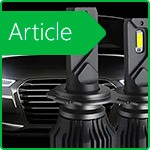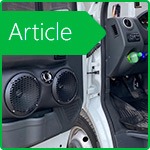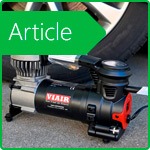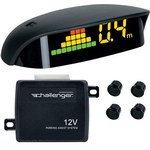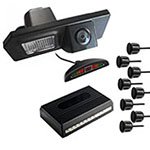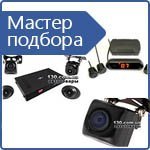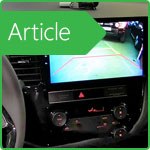Rear view cameras-what to look for when choosing?

Rear view cameras, what are they? It is part of the video surveillance system during parking. They are used to see "blind spots" that are hidden from the driver and inaccessible for direct view. Often mounted on the rear bumper or body. The video signal from the camera begins to flow to the monitor after switching to reverse gear.
You can buy a rear-view camera separately, but in any case, you will need a device on which you can view the image from this camera. Often this is a monitor with a diagonal of 4 to 10 inches. On sale there are devices 2 in 1 monitor + mirror. For maximum parking safety, you can create a system showing the image around the car (multiple cameras) and add parking sensors.
Types of rear view cameras
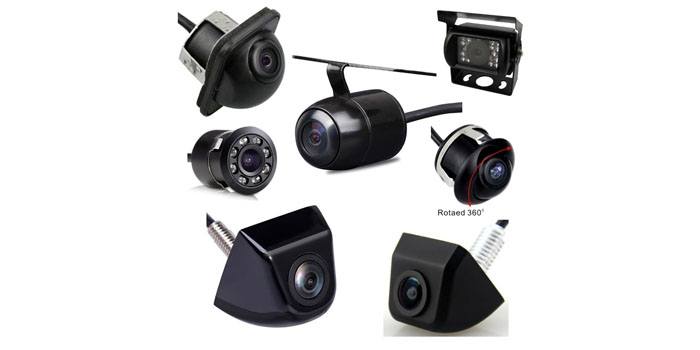
- Regular
- Universal
- Flush
- Invoice
- 2 in 1 camera
Standard - made for a specific car model. Its installation takes place on the conveyor during the assembly of the car, it is hardly noticeable to others. Due to the low standardization, such cameras have a high price.
Universal - can be installed on anything, minus its visibility and mounting method. For installation, you will most likely have to make additional holes in the body. Adventurers can try their luck with double-sided tape. There are also options with a camera in a license plate.
Invoice - attached to the car body with a bracket.
Mortise - inconspicuous, the rear bumper will have to be drilled, fastened with lock nuts and latches.
Camera viewing direction
Pivot is actually a video surveillance system with multiple cameras that provides all-round visibility.
Rear - image in mirror mode so as not to confuse the driver.
Front - the picture is displayed in "live" mode.
Side - installed in the left and right mirrors, also displayed in "direct mode".
Connecting rear view cameras
Wired - the signal from the camera passes through the cable that connects them. The cost is small, good signal quality, resistant to radio interference. But you will have to "sweat" during the installation.
Wireless - the signal is transmitted using a radio wave. Very simple installation, but at the same time losing quality, also sensitive to radio interference.
Matrix
CMOS - old standard, budget sensor, small in size, video processing speed is satisfactory.
CCD - the image quality is an order of magnitude higher than that of the previous matrix. Something average for the money. Lack of video processing speed, which is lower than that of the cheaper model.
HCCD is an upgraded CCD matrix that performs well in low light conditions. Great price.
Resolution
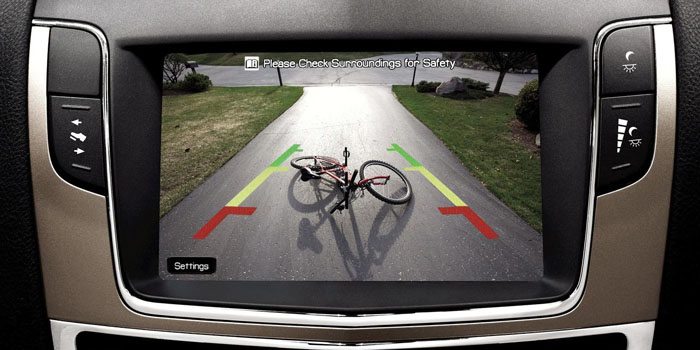
Rear view cameras are mostly analog, which means that resolution is measured in lines and TV lines. So the vertical parameter is 625 lines. The higher the horizontal resolution, the wider the camera's viewing angle, mainly varies within 430-540 TVL.
Accordingly, the higher the resolution, the better the picture, and the viewing distance also increases. But along with the quality, the cost will also increase. You will also need a high-quality monitor.
Video signal standard
PAL - loved on the European continent.
NTSC - American and Asian standards
Choosing a rear view camera is a meticulous process. Therefore, you should be very careful when choosing a monitor, if they are of different standards, then the system will not work!
Light Sensitivity
A characteristic that indicates at what lowest illumination the camera can provide a more or less high-quality picture. Lux is a unit of measurement for light sensitivity. In modern cameras, this parameter is from 0.01 to 3 Lux.
Viewing angle
This characteristic is important for the quality of the picture that we see on the monitor. Angle of view-the space in front of the camera that the lens can cover. But it should be noted that at very large values of the angle, the picture is distorted.
There are three types:
125 ° - narrow directional cameras;
160 ° is the most common format;
180 ° - wide-angle cameras.
For a high-quality picture, the angle can vary from 130 ° to 180 °.
Additional functions of rear view cameras
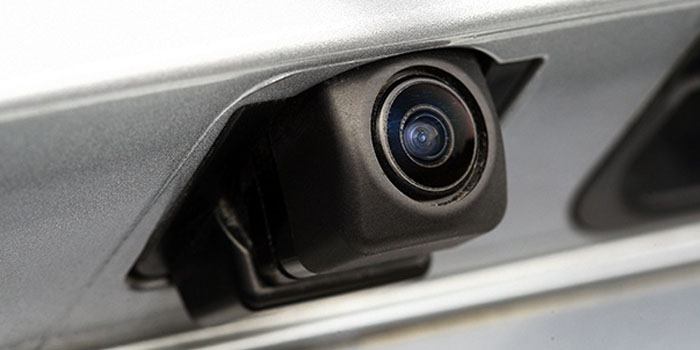
Infrared Illumination (IR)-LEDs around the camera lens. The function will come in handy if the taillight is out of order. Otherwise, this feature is almost useless.
Parking lines-markings in the form of lines that the camera projects onto the image. This is done so that the driver can know exactly how much to the obstacle. In this case, it is very important to correctly install the camera, you should take into account such parameters as: the distance from the ground on which the camera is installed, as well as the angle of its inclination.
It independently determines the exposure and changes its value depending on the lighting.
Automatic processing of color gamut depending on the degree of lighting.
Degree of protection-determines how much the camera is exposed to external factors, such as wet ground, precipitation, etc. Climatic conditions for most chambers are as follows: from -25 ° C to + 65 ° C.
The degree of protection is marked with an IP standard. If you are not going to immerse your car in water, then the IP66 rating (excludes dust ingress, excludes damage from water) will be quite enough.
Choose and buy a rear-view camera at 130.com.ua with delivery in Kiev, Odessa, Kharkov and all Ukraine.
Related Materials

Stay tuned for updates!
Subscribe to our Telegram channel and be the first to receive useful materials.
Subscribe









